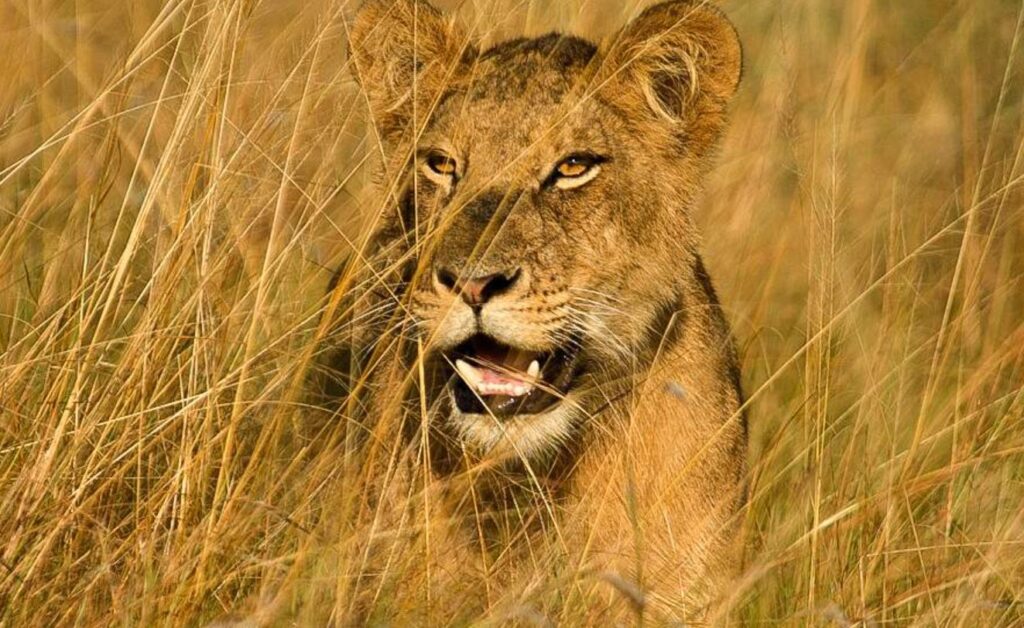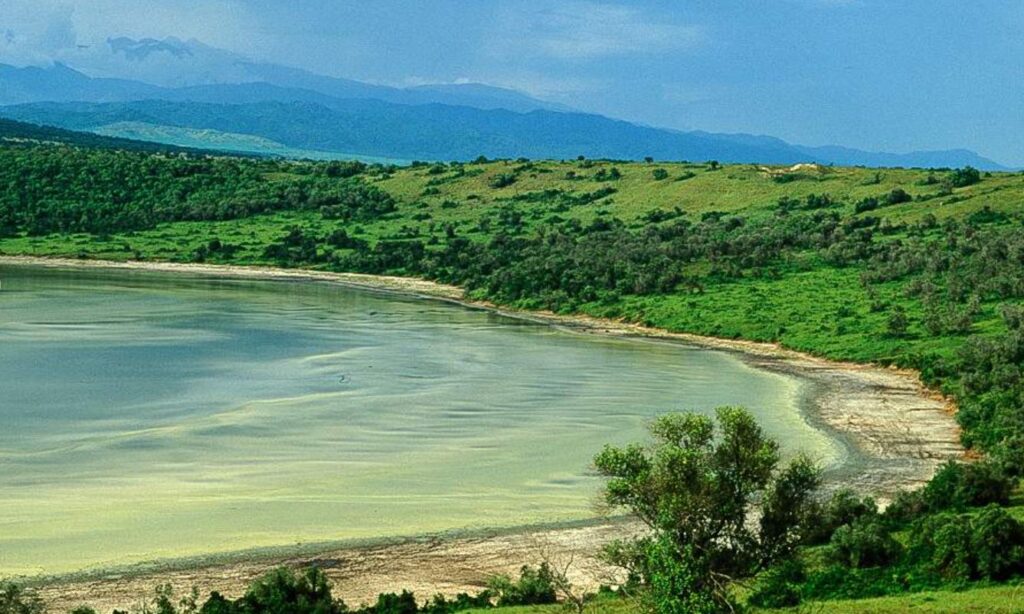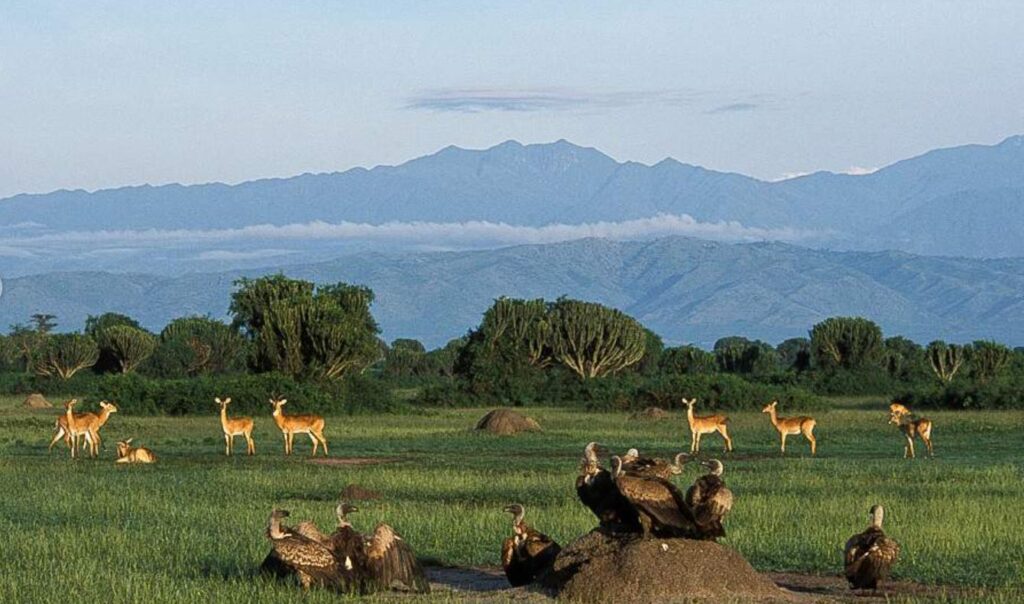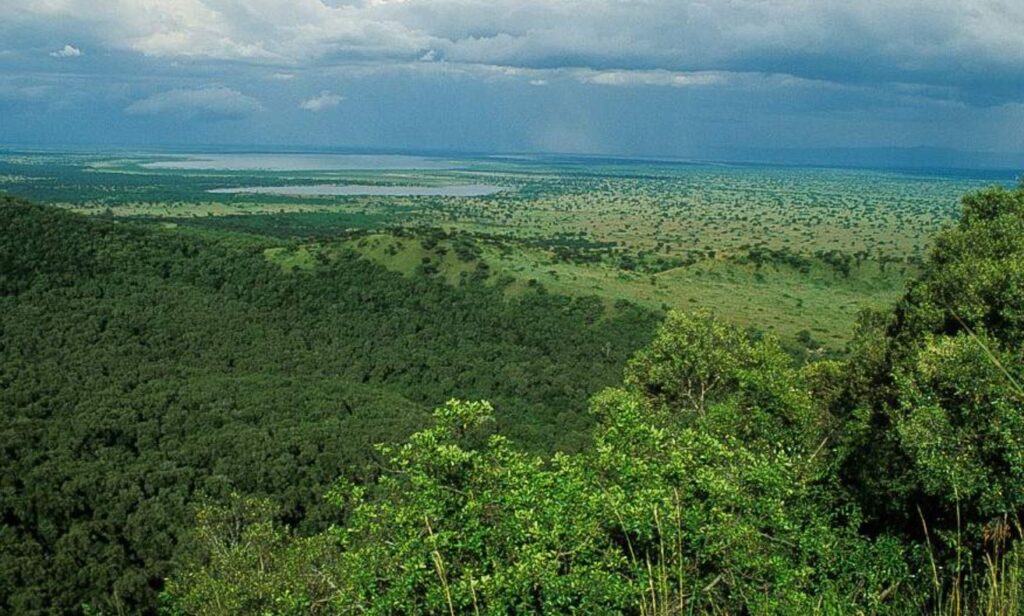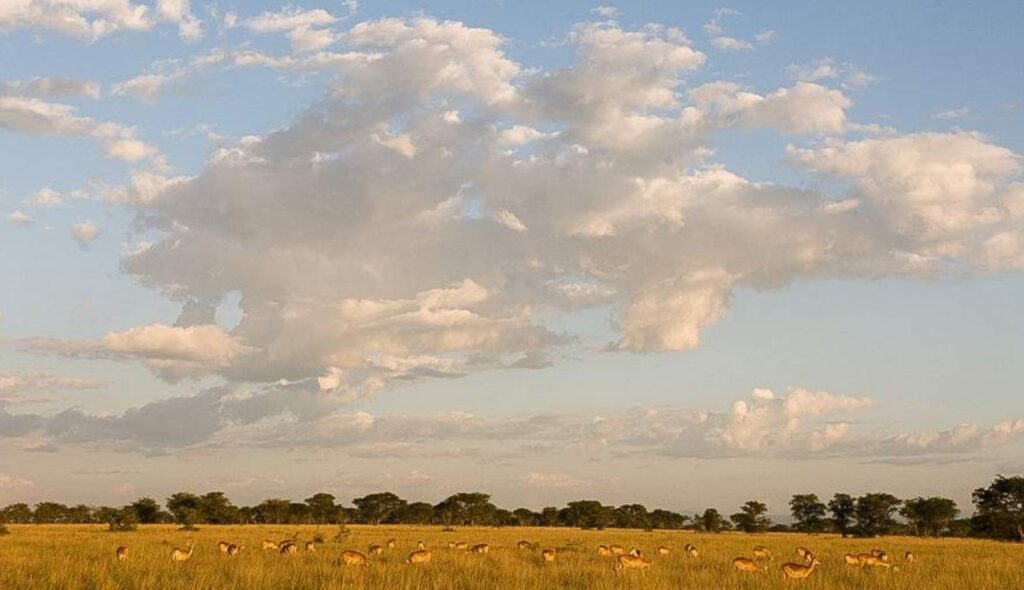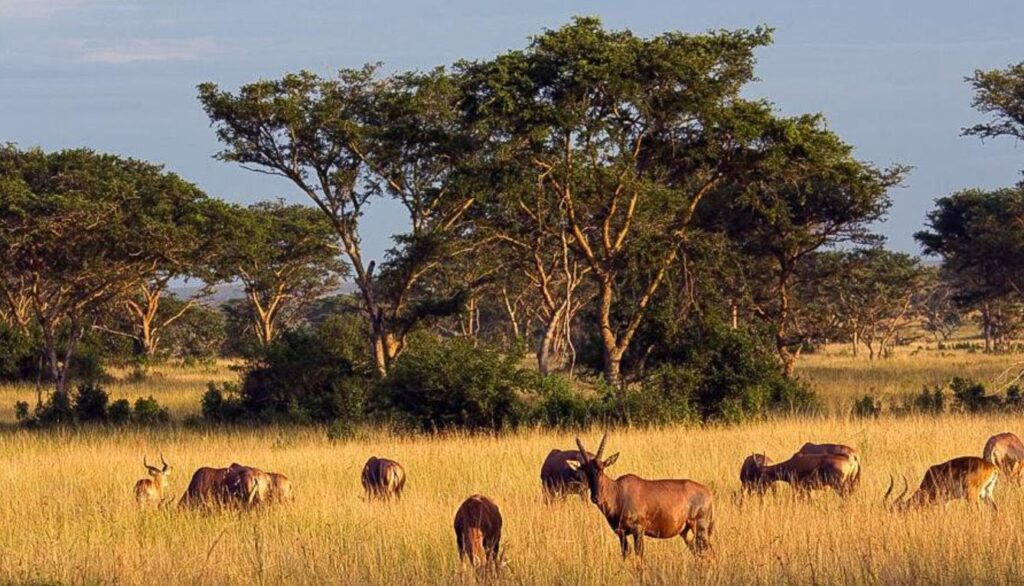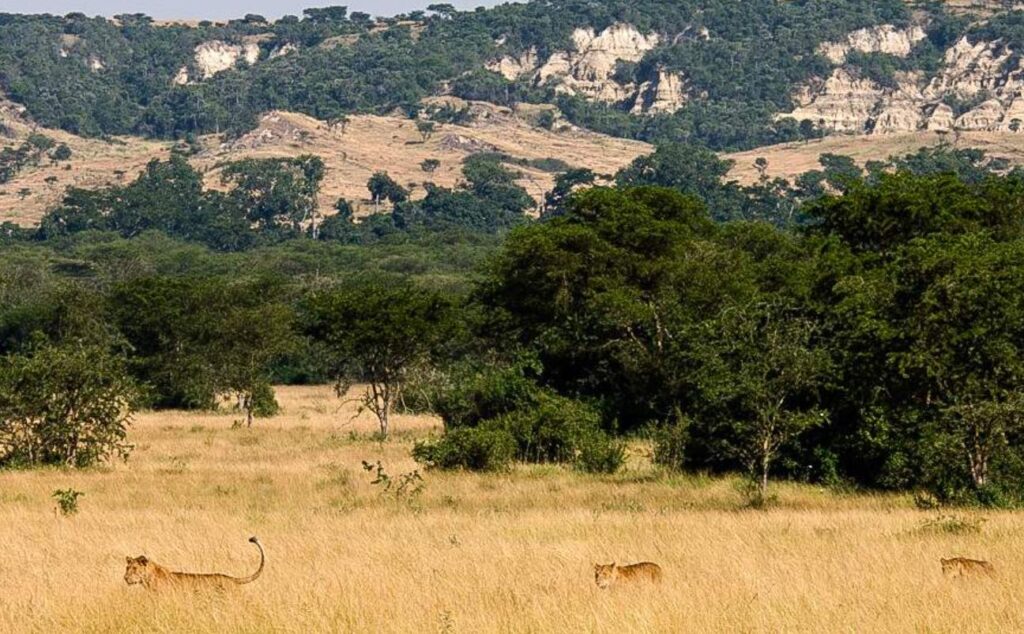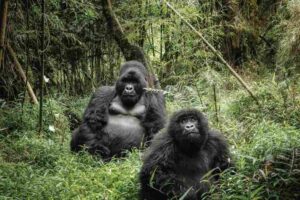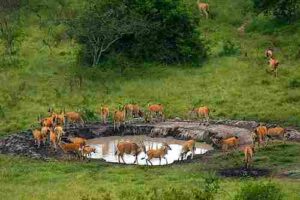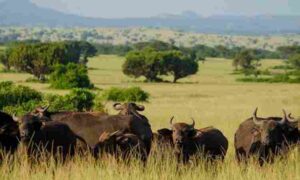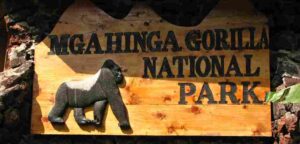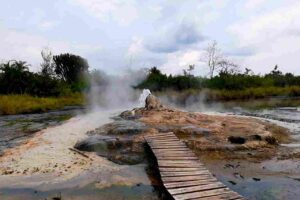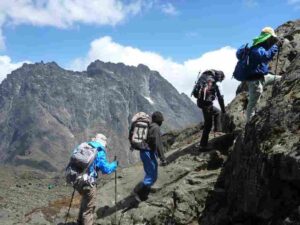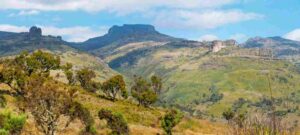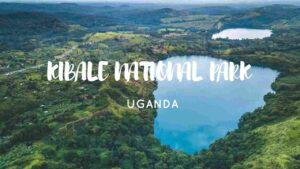About the Park
The park was founded in 1952 as Kazinga National Park and renamed two years later to commemorate a visit by Queen Elizabeth II of England.
The park is home to over 95 mammal species and over 600 bird species.
The Katwe explosion craters mark the park’s highest point at 1,350m above sea level, while the lowest point is at 910m, at Lake Edward.
Queen Elizabeth National Park is understandably Uganda’s most popular tourist destination. The park’s diverse ecosystems, which include sprawling savanna, shady, humid forests, sparkling lakes, and fertile wetlands, make it the ideal habitat for a classic big game, ten primate species including chimpanzees, and over 600 species of birds.
Set against the backdrop of the jagged Rwenzori Mountains, the park’s magnificent vistas include dozens of enormous craters carved dramatically into rolling green hills, panoramic views of the Kazinga Channel with its banks lined with hippos, buffalo, and elephants, and the endless Ishasha plains, whose fig trees hide lions ready to pounce on herds of unsuspecting Uganda kob.
As well as its outstanding wildlife attractions, Queen Elizabeth National Park has a fascinating cultural history. There are many opportunities for visitors to meet the local communities and enjoy storytelling, dance, music, and more. The gazetting of the park has ensured the conservation of its ecosystems, which in turn benefits the surrounding communities.
Most of Queen Elizabeth comprises open grassland and savannah which tends to be moist and woody in the west than the eastern part, Thorny Acacia dominates this savannah habitant with the high concentration of candelabra shrub a cactus that grows along the kazinga channel and on the kasenyi plains.
Unique Attractions in Queen Elizabeth National Park
Tree Climbing Lions: with just two populations of these unique lions in the whole world, explore the southern Ishasha sector to track these lions commonly seen up in the fig and acacia trees.
The Kazinga Channel: this natural water channel connects Lakes Albert and Gorge and is home to a large number of hippos, it is said to have the largest concentration of hippos in the whole world.Nile Crocodiles, elephants and hippos which can easily be seen on the thrilling Kazinga Boat Ride
Kasenyi Plains: these plains are popularly visited by tourists on a Uganda Wildlife Safari as they are home to a very large number of antelopes, the Uganda Kobs, lions and several large predators
Kalinzu Forest: this is offers very rewarding chimpanzee tracking experiences and it is located on the southeastern corner of the park
The Kyambura Gorge: this verdant forested 100 meter deep valley with peculiar is home to a large number of primates and popular for Chimpanzee tracking tours in Uganda.
Mweya Peninsular: this is a stretch of land that protrudes into Lake Edwards is commonly visited during game drives as it offers perfect game views while exploring the various game tracks.
Lake Katwe Salt Works: within the alkaline Lake Katwe, salt mining works have been ongoing for several years since that is the main economic activity in the area. Consequently a large number of tourists visit here to learn and observe the traditional method of salt mining
The Katwe Explosion Crater Lakes: these lakes found in the northern part are found on the highest elevation of the park. from here tourists enjoy sweeping views of the Rwenzori Mountain ranges, the western rift valley escarpments and lakes George and Edward.
Queen Elizabeth supports at least 95 species of mammals, it boasts of 20 carnivores like the Lion,Leopards, side stripped jackal and spotted hyena among others.
Uganda’s Queen Elizabeth National Park is truly a Medley of Wonders!
